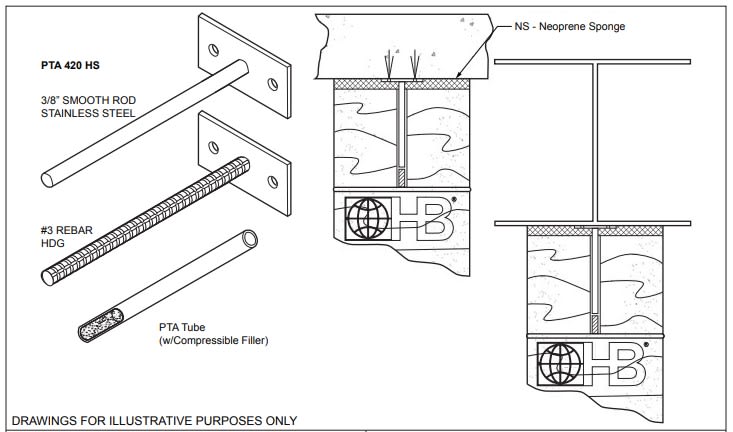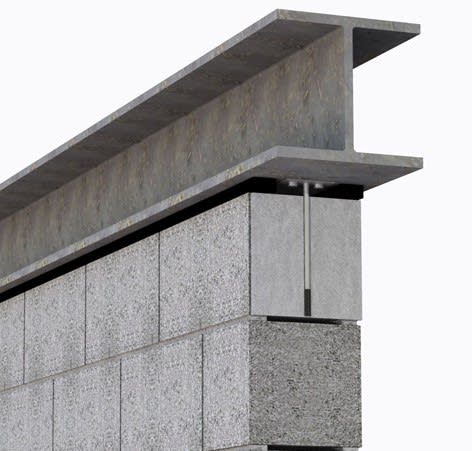abusementpark
Structural
I have a project with a lot of CMU walls where connections will be made to the underside of concrete construction and vertical movement in the connection is desired. For various reasons, the connection needs to be entirely made on the top surface of the CMU wall, not the sides (e.g. sandwiching angles). I understand that the PTA 420 product linked below is commonly used for these applications.
For this product, do you simply leave the last course unreinforced/ungrouted and place the anchor in the 3/8" wide vertical mortar joints (32" on center) and just pack in mortar around it? It doesn't seem like the best connection for lateral resistance as you'd be relying solely on the bond strength of the mortar, but the force per anchor is pretty low for an interior partition or even an exterior wall in a low-wind zone
For this product, do you simply leave the last course unreinforced/ungrouted and place the anchor in the 3/8" wide vertical mortar joints (32" on center) and just pack in mortar around it? It doesn't seem like the best connection for lateral resistance as you'd be relying solely on the bond strength of the mortar, but the force per anchor is pretty low for an interior partition or even an exterior wall in a low-wind zone


